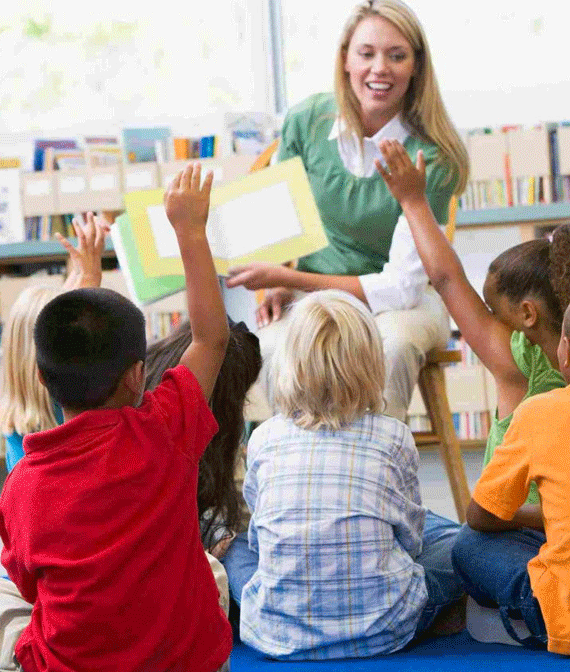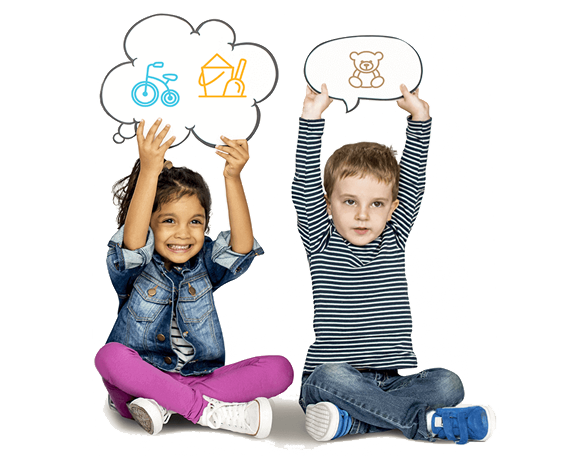- About Us
- Policies
- Code of Conduct for Students
- Dress Code for Students
- Behavior Management Steps and Stages for Students
- Disciplinary Actions for Students
- Positive Reinforcement Policy
- Sanctions for Academic Dishonesty
- Behavior Offences Stages and their sanctions
- School Transportation Service (School Bus) through BUSCO
- About Our School
- Message from the Superintendent
- Child Protection Policy
- DIPS-G and the UAE National Agenda
- Health and Safety Guidelines
- Mission, Identity, and Guiding Statements
- Our History
- Our Leadership Team
- School Calendar
- Policies
- Why DIPS
- Admission
- Virtual Admission Centre
- Admissions Overview
- Documentation
- Age Requirements & Grade Placement
- Tuition Fees
- Medical and Insurance Procedures
- Students of Determination and Inclusion Policy
- Admissions Process
- Apply Online
- Withdrawal Process
- Visit our Campus
- Family Information
- Forms for Divorced Parents
- Registration Booklet 2021-22(New Students)
- Special Education and Medical Form
- Inspection & Accreditation
- Academics
- Inclusion
- Mission, Identity, and Guiding Statements
- Philosophy And Aims of Inclusion Program
- Special Education Categories
- Levels of Send Support at DIPS-G by Division
- Admission Procedures
- Formal Identification Procedures
- Key Roles And Responsibilities For Send Provision At Dips-g
- Transitions Between Grade Levels And Divisions
- Gifted & Talented Education at DIPS-G
- School improvement plan (sip) priorities related to SEND program
- Criteria for evaluating send program effectiveness
- E- Learning
- Purpose for Online Learning Plan (OLP)
- Online Learning Plan Roll-Out
- Online Teaching, Learning, and Assessment
- Stakeholders’ Roles and Responsibilities
- Wellbeing of Students
- Communication with Us
- Online Safety and Protocols
- Points to Consider for DIPS-G Parents
- e- Learning Resources
- Online Learning FAQs
- Student Life
- For Parents
Transitions Between Grade Levels And Divisions
Kindergarten to Elementary School (Early Years: KG to Grade 2)
- Each spring, prior to class placements, all tiers of students are reviewed by SST.
- The SST, in collaboration with grade level teachers, makes appropriate class placements for all tiers of students (e.g., classroom teacher strengths, numbers of students at each tier, and the amount of support required by each student are considered in the placements).
- Student transition portfolios on each child are created and passed from last year’s teacher to next year’s teacher. Portfolios include all SEND documentation (Focus Reports, Learning Support Reports, Individual Learning Plans), past copies of report cards, and May/June assessments/student work to assist the new teacher in understanding each child.
- Documentation is updated and used to ensure consistency overtime.
- During in-service week of the new school year, the SST meets with each classroom teacher to review students at all tiers and the appropriate documentation (Focus Report, Learning Support Report, Individual Educational Plan) is given to the class teacher. As part of this process, strategies for intervention and support are shared.
- Within the first two weeks of the school year, the SST meets with all LSTs & LSAs and specialist teachers to review Tier 2 and 3 students. This meeting highlights key concerns and effective strategies.
- From this point, regular SST meetings are held and the team begins to monitor student progress in all tiers.


Elementary School (Grades 3-5)
- Each spring, prior to class placements, all tiers of students are reviewed by SST.
- The SST, in collaboration with grade level teachers, makes appropriate class placements for all tiers of students (e.g., classroom teacher strengths, numbers of students at each tier, and the amount of support required by each student are considered in the placements).
- During first week of the new school year, the SST meets with each classroom teacher to review students at all tiers and the appropriate documentation (Focus Report, Learning Support Report, Individual Educational Plan) is given to the class teacher. As part of this process, strategies for intervention and support are shared.
- Within the first two weeks of the school year, the SST meets with all EAs and specialist teachers to review Tier 2 and 3 students. This meeting highlights key concerns and effective strategies.
- From this point, regular SST meetings are held and the team begins to monitor student progress in all tiers.
Middle School (Grades 6-8)
- Each spring, prior to class placements, all tiers of students are reviewed by the SST.
- The SST, in collaboration with teachers, makes appropriate class placements for SEND and LS students.
- Tiers 1, 2, and 3 student profiles are updated annually on AdminPlus.
- All SEND student files are stored in the SEND teacher’s classroom.
- Subject teachers are informed at the beginning of each semester who the Learning Support and SEND students are in their classes.
- Briefing profiles, which provide succinct summaries of a student’s learning differences and strategies to accommodate those differences, are supplied to teachers as well as IEP documentation.
- Every September the SEND teacher facilitates meetings with groups of teachers to review SEN student summaries, ILPs and strategies for differentiation.
- Middle School teachers will receive IEPs for their SEND students to keep in their folders along with class lists denoting specific student profiles. The safety and security of the folders are the responsibility of each subject teacher and must be returned to the Middle School Counselors at the end of each academic year.
- The SST meets regularly throughout the year to monitor the progress of students at all Tiers.

High School (Grades 9-12)
- All Tier 1, 2, and 3 students’ SEND/Learning Support tab, Profile and Student Support on AdminPlus are updated at the end of each semester.
- All student files are stored in the SEND Coordinator’s office.
- Subject teachers are informed at the beginning of each semester who the Learning Support and SEND students are in their classes.
- Briefing profiles, which provide succinct summaries of a student’s learning differences and strategies to accommodate those differences, are supplied to teachers as well as IEP documentation.
- Every September the SEND coordinator facilitates a divisional meeting in which every HS teacher receives a blue folder containing SEND and Learning Support student briefing statements along with scheduled time to discuss these briefings.
- High School teachers will receive IEPs for their SEND students to keep in their folders. The safety and security of the blue folders are the responsibility of each subject teacher and must be returned to the SEND Coordinator at the end of each academic year.
How are transitions managed between phases?
- Kindergarten to Elementary School
Kindergarten SEND students’ parents and the Elementary School Counselor are invited to the final KG Parent/Staff SST meeting of the third trimester. At this time, the SST reviews the student’s progress over the year with the ES Counselor and SEND student’s parents in Language Arts and Math, and of behavioral strengths and challenges at the end of Grade 2. The Learning Support Teacher reviews progress on Learning Support Report or the IEP. In the third trimester, the PS Counselor invites the parents of each SEND student in Grade 2 to a final Parent/Teacher/SST meeting.
At this time, the Counselor, Teacher, Learning Support Teacher, Parents and Admin review the academic progress and progress made with the LSR or IEP goals. An educational summary, which includes report cards, official plans and reports, and meeting notes from the student’s year of entry to the end of Grade 2, is provided to the ES Counselor and ES Principal. A final updated Focus Report, LSR, or IEP with progress comments and any other relevant learning support documentation are passed on to the responsible ES Learning Support teacher in Grade 3.
- Elementary School to Middle School
When a student enters the Middle School from the Elementary school, counselors meet with all Grade 5 teachers to gather sharing notes on incoming Grade 6 students. The MS learning support team meets with the SST to pass on documentation and facilitate the smooth transfer of ES SEND students to the MS. At this time students are flagged for their varying needs and levels of support. Students and their area of support are recorded. Class lists are generated for teachers including each student’s academic/behavioral consideration.
- Middle School to High School
In June of an “At-Risk” student’s 8th Grade year, before entering High School, Middle School counselors meet with their High School counterparts to share notes on incoming Grade 9 students. Counselors and learning support teams from both divisions then meet to discuss the learning needs of At-Risk students: Focus, Learning Support and SEND. The MS Student Support Team transfers its student documentation to its HS counterparts to facilitate the smooth transfer of student documentation to the HS. At this time, new HS At-Risk students are flagged for their varying needs and levels of support. Students and their area of support are recorded in AdminPlus and the counselors produce an appropriate list of students falling into each category. This list is provided to all teachers at the start of the school year and follow up is conducted with teachers individually to discuss the needs of particular students.
